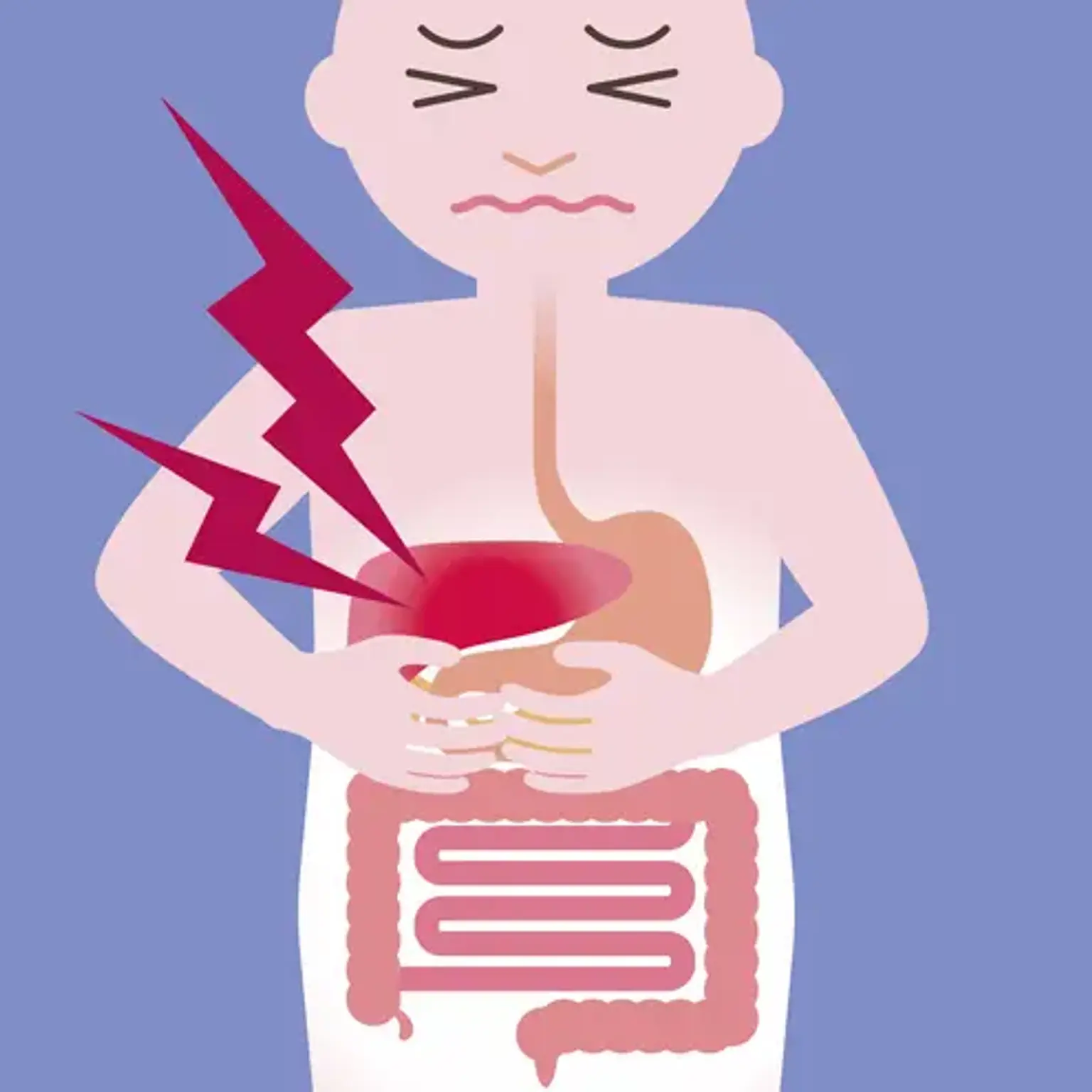Chronic Hepatitis
Overview
Hepatitis is an inflammation of the liver. Some individuals or animals with hepatitis have no symptoms, while others develop jaundice (yellow staining of the skin and whites of the eyes), a loss of appetite, vomiting, fatigue, stomach discomfort, and diarrhea. Hepatitis is classified as acute if it clears up within six months and chronic if it lasts longer than six months. Chronic hepatitis can lead to liver scarring (cirrhosis), liver failure, and liver cancer.
